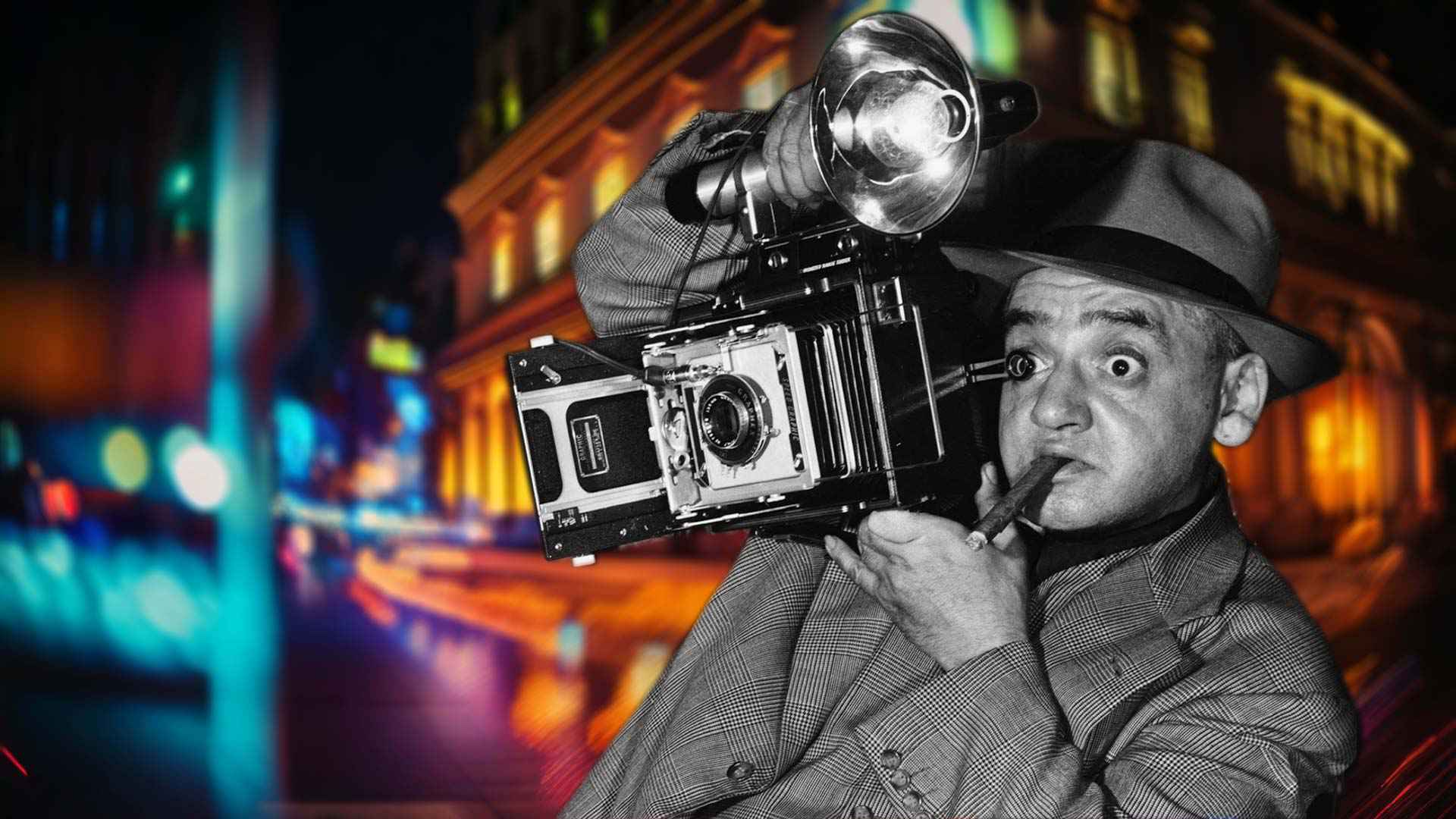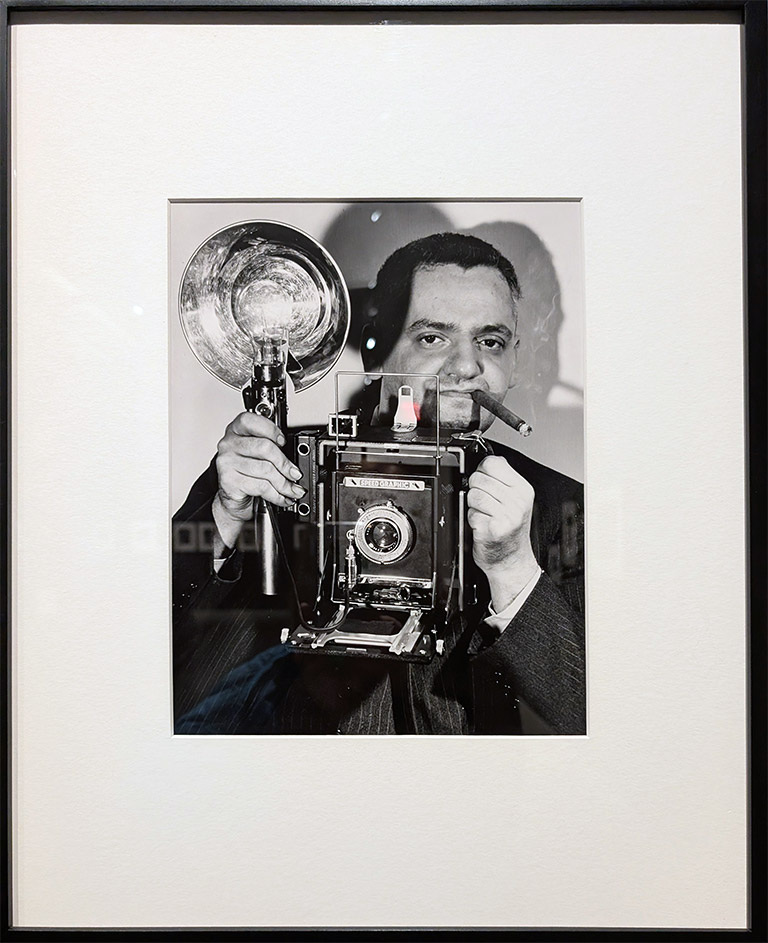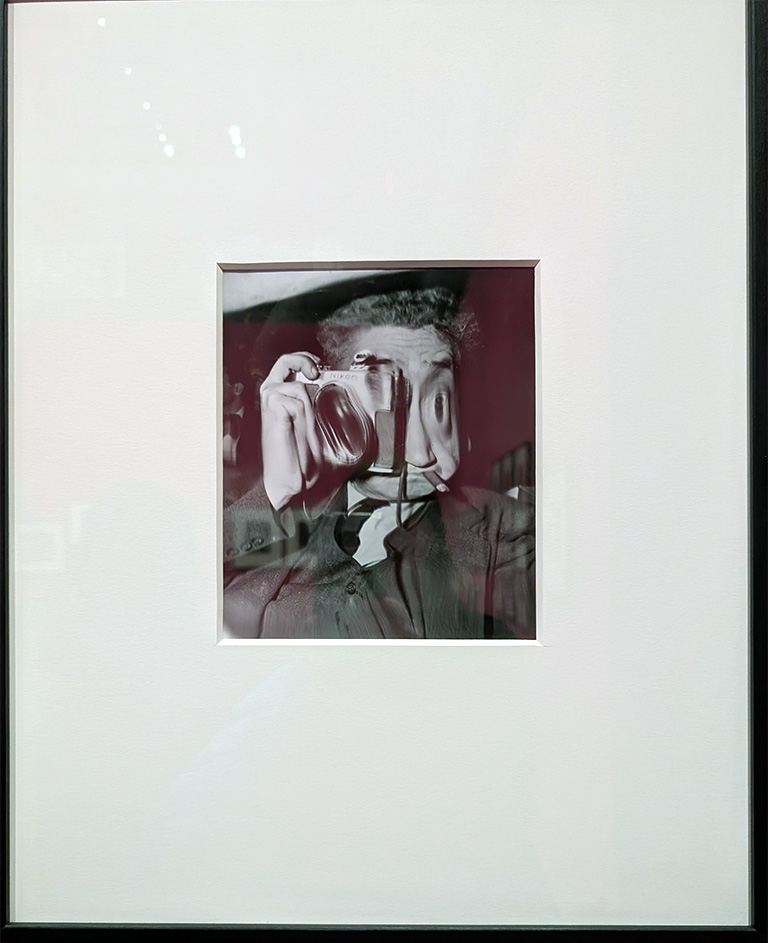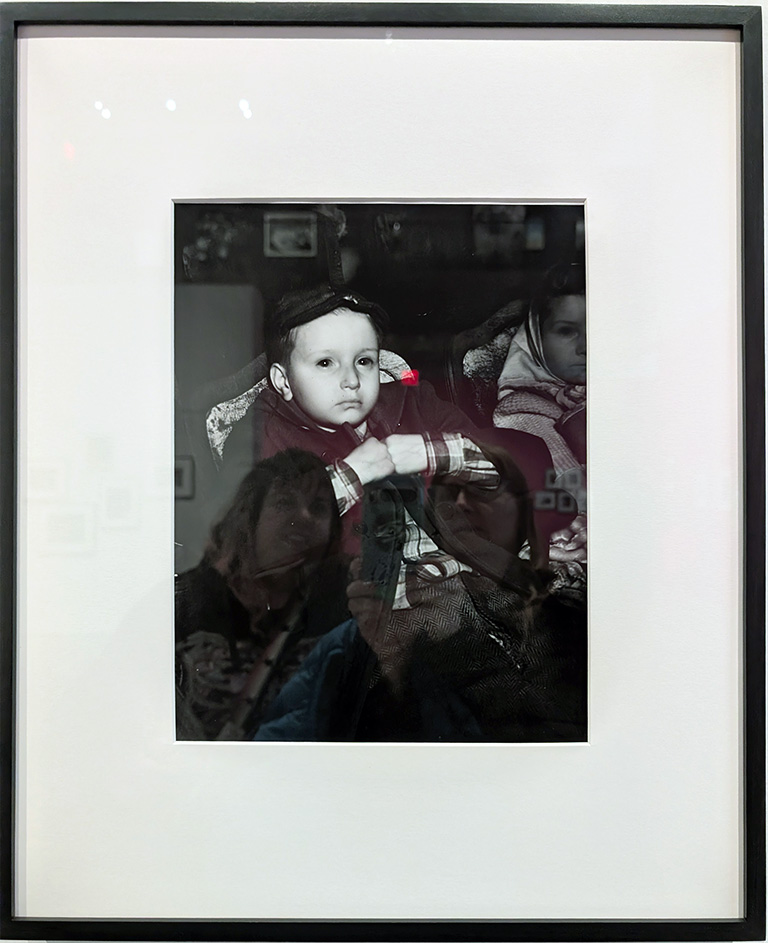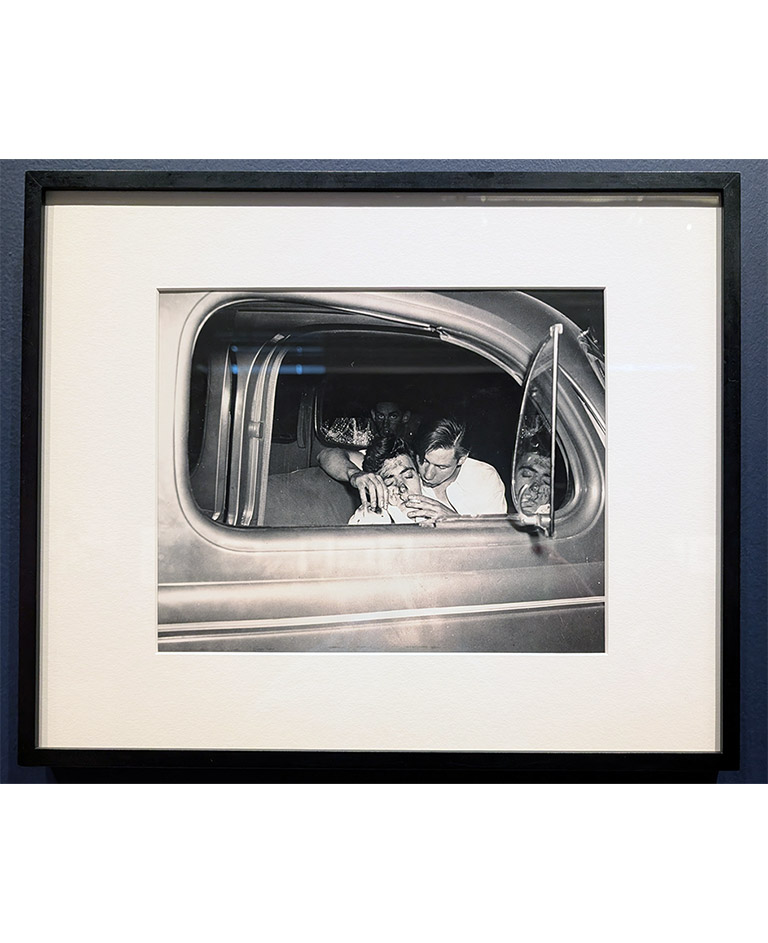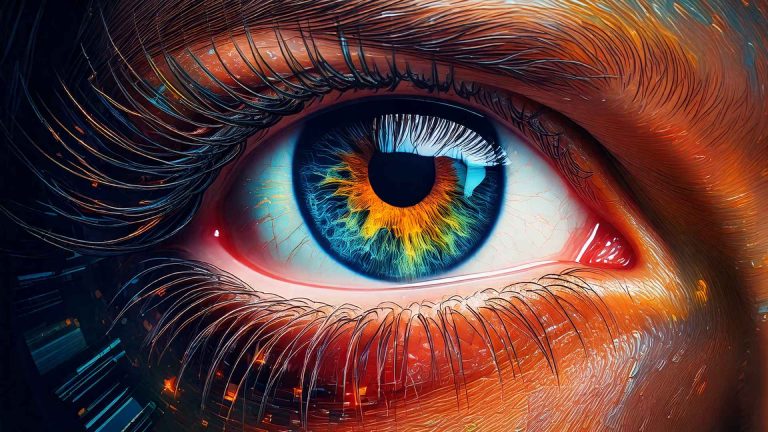International Center for Photography
Read time 2 minutes 30 seconds
he “Weegee: Society of the Spectacle” exhibit at the International Center for Photography in New York City offers a provocative dive into the dark and gritty world of Arthur Fellig, better known as Weegee, whose photography defined mid-20th-century American photojournalism. Famous for his raw, stark images of crime scenes, accidents, and the underbelly of New York City, Weegee’s work is presented through a modern lens that intersects powerfully with Guy Debord’s seminal work, The Society of the Spectacle. The exhibit not only highlights Weegee’s haunting, noir-style images but also invites a critical examination of the interplay between media, spectacle, and social consciousness.
Weegee’s photos—bold, high-contrast black-and-white shots—are the epitome of sensationalism, often focusing on death, despair, and drama in a city that never sleeps. His ability to capture these moments with immediacy and intimacy has earned him the status of a voyeuristic chronicler of urban decay. The exhibit underscores the way Weegee’s photos, while rooted in truth, serve as both a window into reality and a commodification of human suffering. This aligns with Debord’s thesis that modern society is dominated by “the spectacle,” a concept that describes how the media and capitalism turn real-life experiences and emotions into passive images for consumption.
Debord’s The Society of the Spectacle argues that in a media-driven world, direct social relationships are replaced by representations, making people passive consumers of images. Weegee’s photography, often published in newspapers and later in books, becomes a reflection of this very dynamic. His images, although profoundly genuine in their emotional impact, are turned into spectacles that cater to public fascination with violence and tragedy. This commodification of suffering parallels Debord’s critique of a society more enthralled with images than with the lived experiences behind them.The exhibit highlights how Weegee, in many ways, was a precursor to the media-driven spectacles that Debord critiqued. While Weegee’s photographs are direct, they are also highly mediated and curated for consumption—much like the images in the modern media landscape that Debord critiques. Weegee’s self-awareness of his role as both a creator and participant in this spectacle adds another layer to his work. His self-portraits, often included in the exhibit, show him not only as a photographer but as an actor in the drama he captures. This self-representation resonates with Debord’s view of the spectacle as something that encompasses all aspects of life, including the artist himself.
“Weegee: Society of the Spectacle” thus serves as a powerful visual dialogue with Debord’s The Society of the Spectacle, offering a critique of how media and photography transform reality into something consumable and detached from its original context. The exhibit challenges viewers to engage critically with both the images and the broader societal forces at play—forces that continue to shape how we experience the world through the lens of the media.
